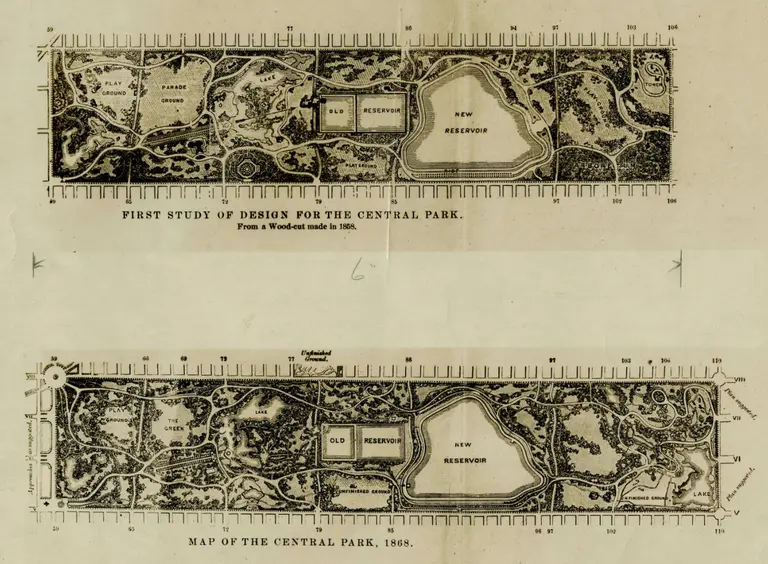
Image: Steven Pisano via Flickr.
New study finds reasons for storefront vacancy are as varied as NYC neighborhoods themselves
More fascinating findings, this way

Image: Steven Pisano via Flickr.

Early designs for Central Park. Image courtesy of the National Park Service, Frederick Law Olmsted National Historic Site.






Image: Michael Vadon via Flickr

Photo via Wikimedia
 Know of something cool happening in New York? Let us know:
Know of something cool happening in New York? Let us know: